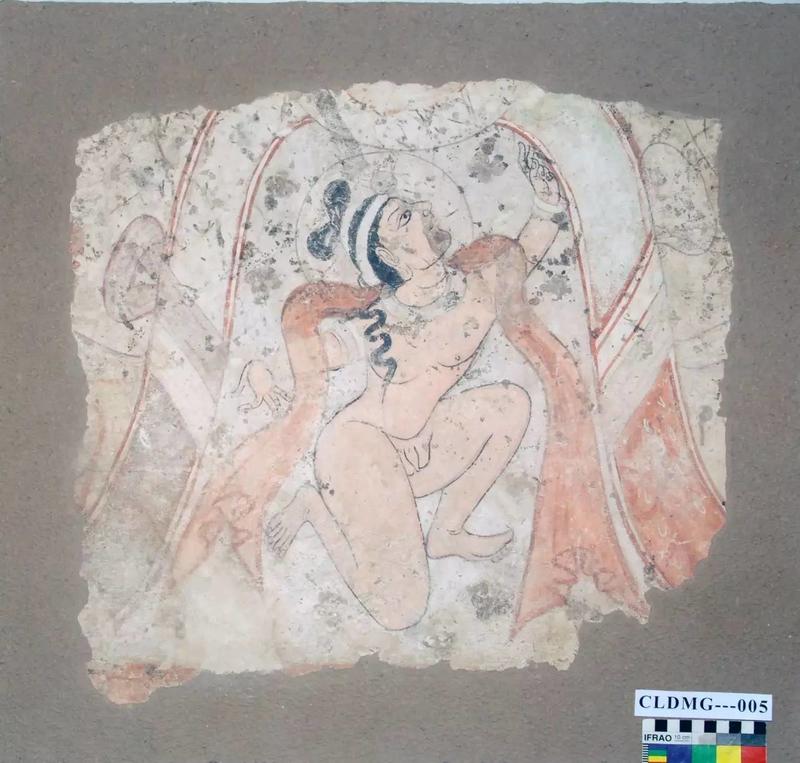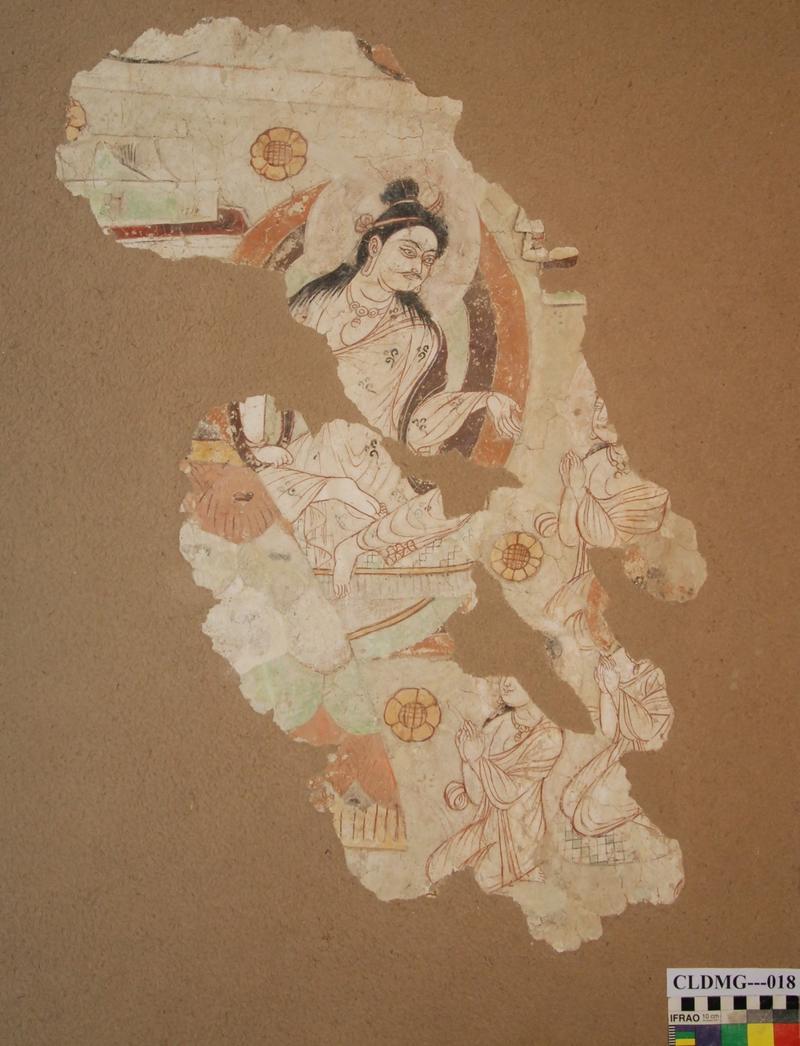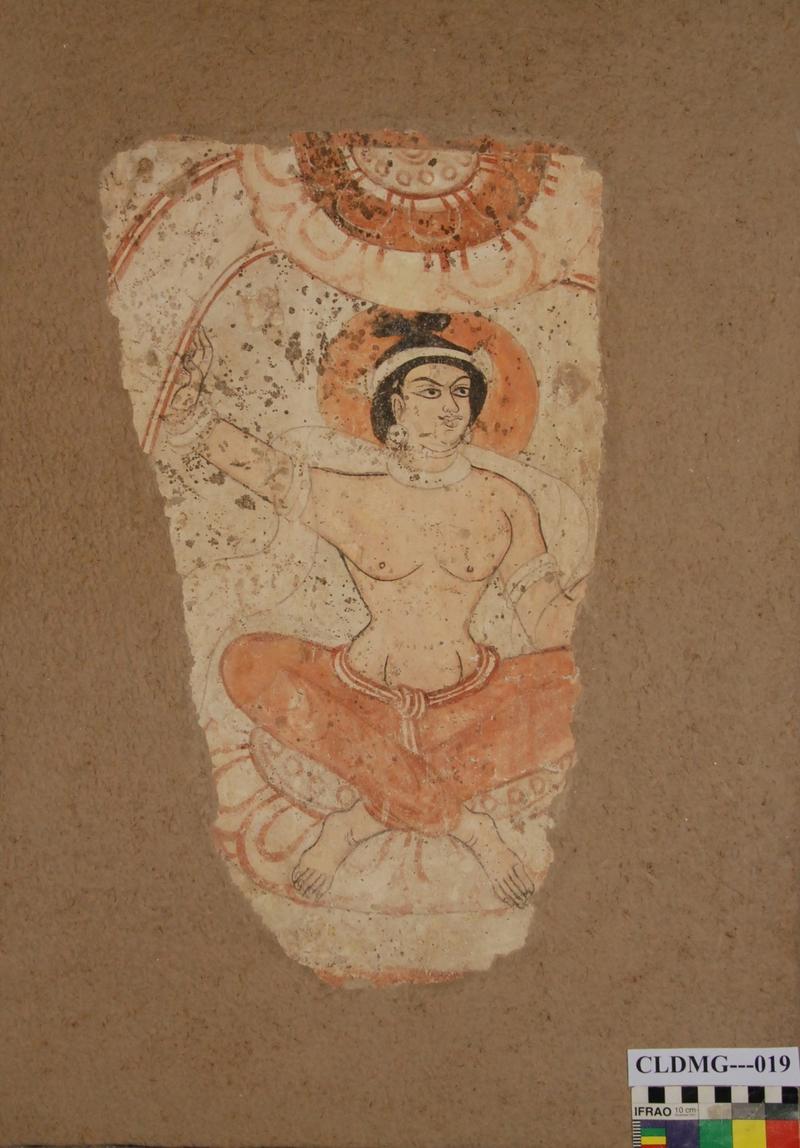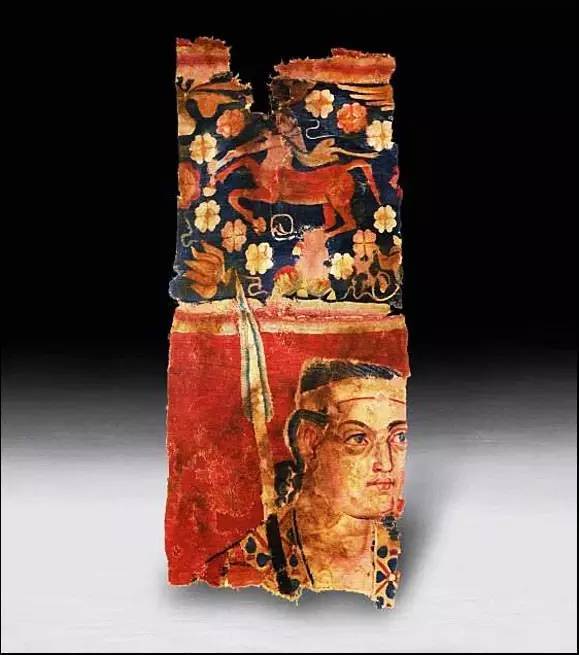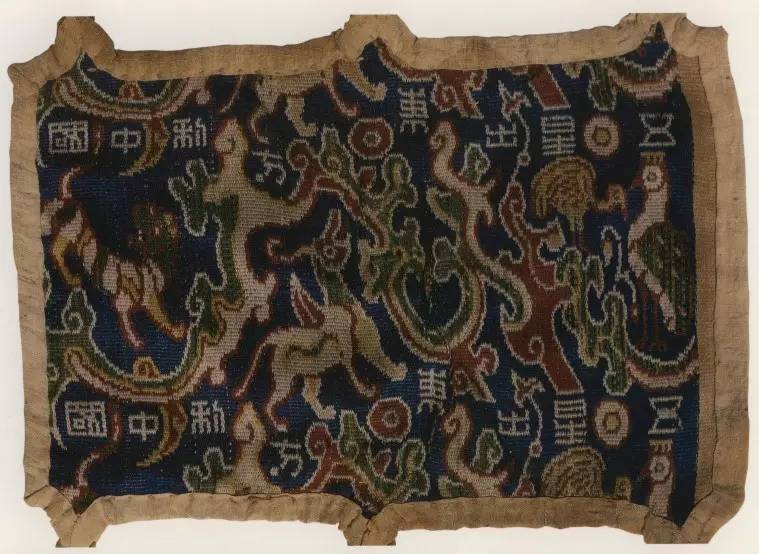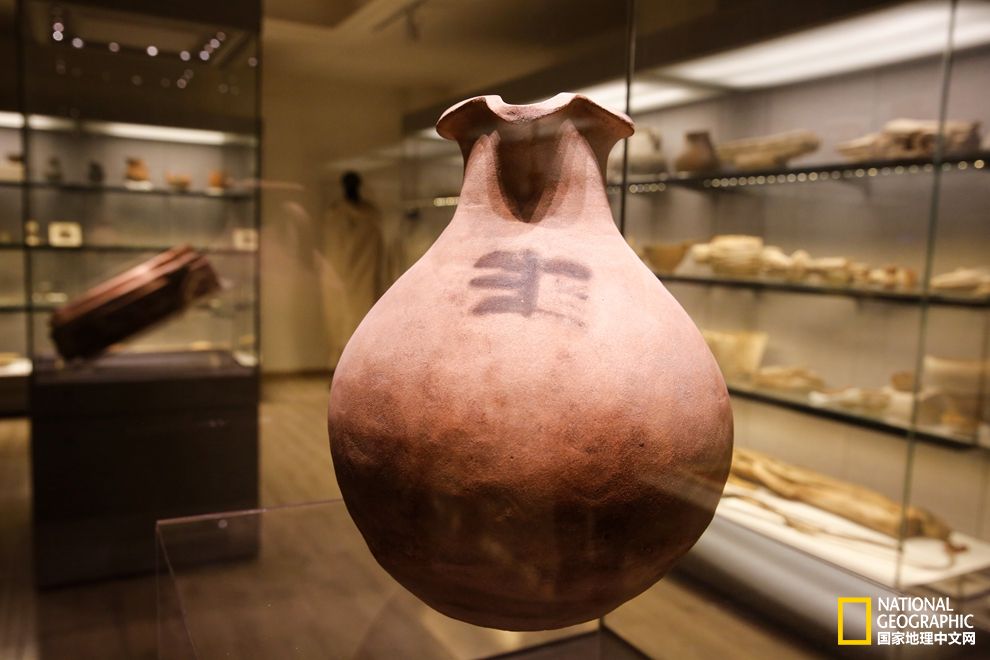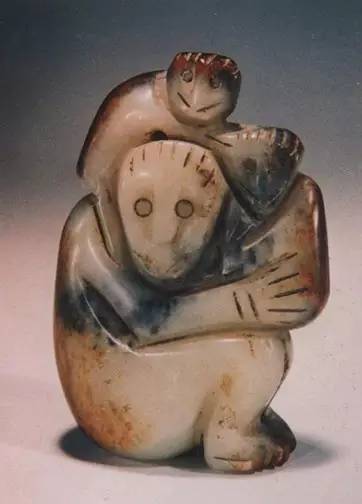DepthReading
The Exhibition of “The Silk Road Yutian——Blending of Culture and Art”
The
Exhibition of “The
“Followed by
the strategy of the Belt and Road Initiative for exuding the charms of culture
of Xinjiang, The Silk Road Yutian——Blending of Culture and Art: The Exhibition
on Top-Notch Work of Art of Relics of Ancient Hetian (Yutian) in Xinjiang
Province” held by the Museum of Xinjiang as one of the most events during the
week for showcasing the cultures of
Entering the exhibition hall on
the second floor, historical traces of the mingling of the four great
civilizations in Hetian could be found in pieces of relics, including
sculptures with a great variety of shapes and postures, vivid frescoes,
colorful wool fabrics and plain books turning yellow. Carrying with the
profound cultures and arts, it reveals the inclusiveness and magnanimity of
Xinjiang.
Yutian, namely Hetian for today,
sits at the foot of north of the Kunlun mountain in south of
The relics
on the exhibition stand as many as 217 pieces a set, including pottery and
wooden daily necessities, coins, fabrics, frescos, inscribed wooden slips and
tablets, a variety of figures and statue stele etc, which are all rare
treasures.
Fresco of Avalokitesvara
(Goddess of
Mercy with a Thousand Arms)
The exhibition hall is divided
into 3 parts: “the Key Site of the
The development of rich history of Hetian presents in a clear way by an array of relics from different ages.
As a western area early introduced in with the technique of raising silkworms and reeling silk, Yutian is home to a variety of silk knitwear with extraordinary embroidery skills, which leads to the silk and cotton fabrics flood into Dunhuang as well as the homes of the common people.
“Records on
the Western Regions of The Great Tang Empire” offers an account of it. “There
were no silkworms and mulberry trees in Yutian at first. While they exited in
the eastern country ( then
‘
Embroidered pouches woven in silk
with writings pattern and produced in 806 AD
They were
Unearthed in Niya ruins in Xinjiang. Made of sumptuous brocades, the
embroidered pouches, something that deposit the valuable objects such as
jewelry and official seals, had been served as the mark of high- ranking
identity. The embroidered pouches made in 806 is the only one that bear the date
and has become an object of reference for the study of the production dates and
typology of the unearthed brocades.
The
embroidered pouches fall into the category of what the archaeology community
called“Brocades with Clouds and Animals Pattern”.
A variety of auspicious patterns had been applied in the brocades, encompassing
winged spotted deer, deer design and patterns indicating the luck, which are in
line with the “white deer” or “deer from heaven” in the records of documents.
Pottery jar in“王”shape (king)
It was
unearthed in No.3 grave of No.1 graveyard in Niya ruins in 1995.
The pottery
jar, 32.4cm high, its neck 26.2cm, red sandy ware, with spout, single handle,
bulging belly and round bottom, remains inside the dried rotten food. Similar “王” character in ink on the spout indicates the identity of
occupant of the grave.
There is an old saying that “Gold
is from
The jade monkey
It is 7.3cm high, 5.2cm wide and
2.5cm thick, collected from Tawaleku country of Hetian county.
The female monkey squat on the heels, turning aside, head to the right side and arms around two little monkeys riding on its neck and incision lines were carved on all the monkeys’ foreheads to mark the hairs as well as on the hand of the female monkey to show the fingers. The peerless treasure impresses us a marvelous feeling with two colors applied on the bodies, the red color on the back of the monkeys while the blue one on the waists, elbows and the face of the little monkey ahead.
Category: English
DepthReading
Key words:

